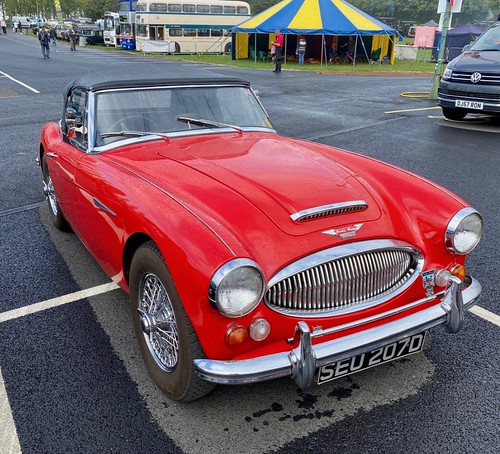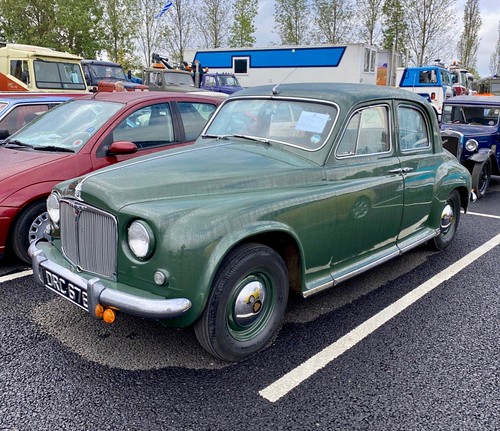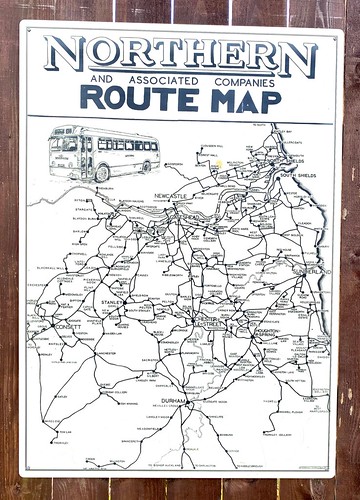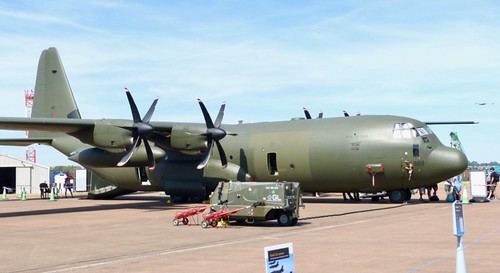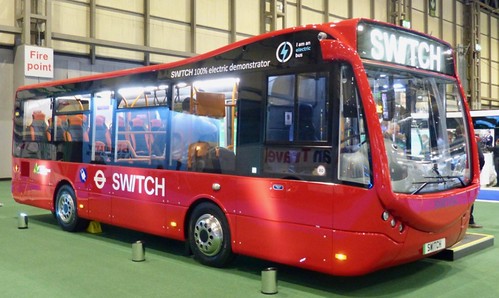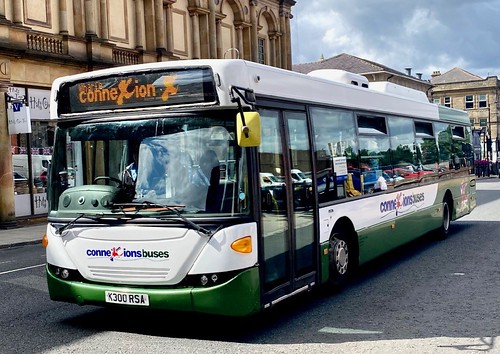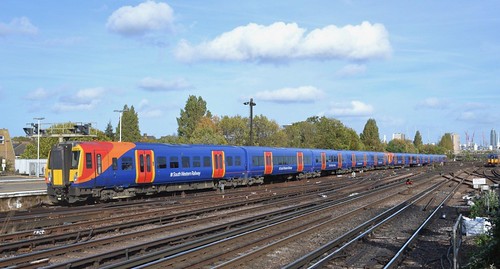For those who do not know the ‘SBR,’ it is located near Tamworth in Staffordshire.
A privately owned, multi gauge railway system which was operating at least seven locomotives and a tram on the day we were there.
There is also an extensive museum devoted to narrow gauge railway locomotives and artefacts.
Usually holding three running days per year (Spring, Summer and Autumn);
buses, cars, Land Rovers, lorries, military vehicles and steam engines also featured.
Both friend Peter Rose and I found it to be an excellent day out.
Along with the trains, buses, military vehicles and steam road vehicles, there were also a selection of classic cars.
Peter took these photographs, limited at the time by the weather, and he has supplied these notes.
They are produced here with his permission and my thanks.
FS 2939.
1930’s ALVIS
on Dennis Basford’s railsroadsrunways.blogspot.co.uk’
I am unsure of the exact model but it appears to be a Speed 20 open tourer which was manufactured by the Coventry based company from 1931 to 1936.
Alvis operated between 1919 and 1967 producing luxury sporting cars as well as aircraft engines and military vehicles.
KOR 394.
Standard Vanguard Phase 1A estate.
on Dennis Basford’s railsroadsrunways.blogspot.co.uk’
A Coventry based manufacturer, which was formed in 1903, with the last Standard being built in 1963.
In 1945 the Triumph company had been purchased and from 1959 it was officially called Standard-Triumph.
The Vanguard was introduced in 1947 and was part of the post-war export drive.
There were several later versions before being replaced by the Triumph 2000.
SEU 207D.
Austin Healey 3000 Mk111.
on Dennis Basford’s railsroadsrunways.blogspot.co.uk’
My idea of the classic British sports car, the model was was built between 1959 and 1967 before being replaced by the MGC.
This 1966 example had the regular 3 litre engine and Jensen built bodywork.
The cars were assembled at MG's factory at Abingdon.
WUE 27.
Standard 8.
on Dennis Basford’s railsroadsrunways.blogspot.co.uk’
This was the economy model offered by Standard, alongside the Vanguard, and was introduced in 1953.
The 8 was rather basic with a 803cc engine, sliding windows and no external access to the boot.
There was a more powerful and better appointed 10 model from 1954.
The range was eventually replaced by the Triumph Herald.
DRC 676.
Rover 75.
on Dennis Basford’s railsroadsrunways.blogspot.co.uk’
Another Coventry manufacturer which started building bicycles in 1876 and moved on to cars in 1904.
The company eventually disappeared into British Leyland.
The first post war design was the P4 of which this 1953 6 cylinder 2.1 litre car is an example and they were nicknamed 'Auntie' Rovers.
There were later 4 cylinder and more powerful six cylinder variants and production continued until 1964, some years after the new P5 3 litre had been introduced.



